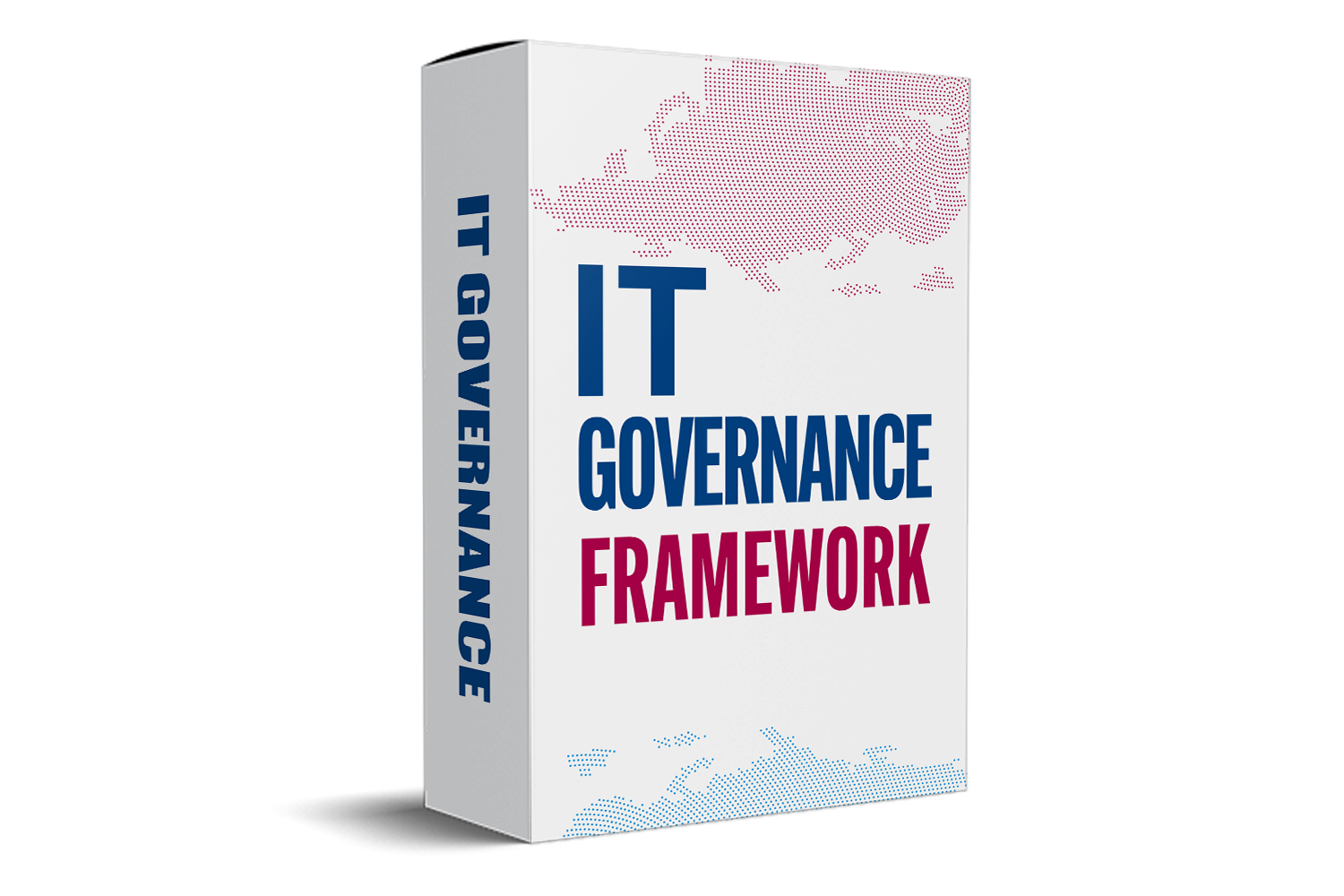Human Resource Procedures: What You Need to Know
HR Procedure in Quality Management System 9001 (QMS). This is a procedure that ensures that all employees in the organization are aware and understand the quality policy and goals of the company. It ensures employees are properly trained to perform their tasks in accordance with the company's quality policy and goals. It also helps maintain communication between management and employees regarding quality issues.
This HR document can help develop a quality management system that is clear and concise within your organization. It can be used to ensure that all employees in your organization understand the importance of quality and how to adhere to quality standards. This document will ensure that you are tracking employee performance, and providing feedback regularly to make changes as necessary.
Quality Management System Procedure for Quality Control 9001 outlines procedures for establishing statistical controls of your manufacturing processes. This process is designed for consistency, waste reduction and overall efficiency.
What is the scope of human resource management?
Human resource management's (HRM) responsibility is to maximize employee satisfaction and productivity. The HRM department assesses the employee's needs and organises the resources necessary to meet them. HRM is responsible for areas like staffing, interviews, hiring, training and evaluations. Also, it ensures compliance with regulations relating to employees. Businesses can boost their profits and improve morale by managing human resources effectively.
Human resource management's main objective is to create an environment where employees can work at their maximum potential and are satisfied with their job. To achieve this, HRM ensures that employees are equipped with the skills and knowledge they need to perform their job, provides them with sufficient resources and creates an organisational system that enables them to be effective. HRM also aims to resolve conflicts that arise between managers and employees, and to prevent and resolve workplace conflict. Businesses can thus improve communication among their employees and reduce stress. HRM also helps businesses to identify and fix problems that could be affecting employee performance.

What are the processes involved in human resource procedure under QMS 9001?
The Human Resources Process in a Quality Management System (QMS) is designed to make sure that an organisation has all the resources it needs to meet its goals and satisfy customer demands. To begin, the process starts by identifying organisational roles and responsibilities that are required to support QMS. Determining the human resource requirements, including training, assessment of competency, and qualification, is part of this process. After the requirements have been defined, the recruitment, selection, orientation, and training of employees can begin.
The employees must be assessed periodically to ensure they are still meeting the requirements for their position. To maintain continuity in the QMS, it is important to fill the position of an employee who leaves the organization as soon as possible. Human resources is an integral part of a QMS 9001. It helps ensure that an organisation has the skills and knowledge necessary to achieve its goals. The QMS can reduce errors by ensuring employees are properly qualified and trained.

What are the different HR processes and procedures in QMS 9001?
The Quality Management System (QMS) is a comprehensive program that provides organisations with the necessary procedures to maintain a quality assurance program. It also includes the implementation and development of HR processes. In order to comply with QMS 9001 there are five HR processes which must be followed: recruitment and workforce planning, training and performance management, compensation, benefits and retention. Each process is essential for maintaining a productive and qualified workforce.
Workforce planning is the process by which an organisation identifies its workforce requirements and then sources and hires individuals to fill these roles. The process starts with an evaluation of the existing workforce, which includes an analysis on skills gaps. Employers must then develop a recruitment strategy to attract qualified candidates once the workforce requirements are identified. To ensure a good match, the recruiting process should be aligned to the values and culture of the organisation.
The process of training and development involves providing employees with skills and knowledge that will enable them to do their job effectively. Both formal and informal methods of training are included. Informal training is usually conducted within an organisation, whereas formal training is often provided by outside providers. To ensure employees receive the most relevant training, it is important to target the training to their specific roles.
The process of performance management involves setting goals for employees and evaluating their progress towards those goals. This includes setting expectations, giving feedback on progress and taking corrective actions when needed. Performance management systems are designed to encourage employees to achieve their full potential.



